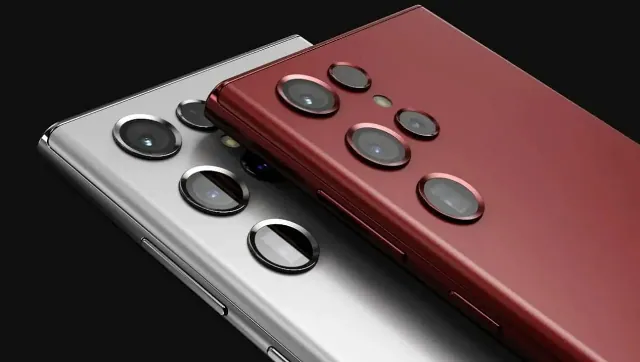Mehul Reuben DasSep 12, 2022 14:12:32 IST
The next device from Samsung that has a lot of people amped up has to be the Galaxy S23 series. With each iteration, Samsung pushes the envelope and by quite a bit, of what a true flagship should be. However, it seems this year, that the upcoming Galaxy S23 series, will only see some incremental upgrades.
The Galaxy S23 series won’t be seeing any major upgrades to its display, at least in terms of size and resolution when compared to the current Galaxy S22 series, and the Galaxy S23, S23+, and S23 Ultra will share their size and core screen specs in common with the existing Galaxy S22 lineup
The Galaxy S22 featured a 6.1-inch FHD display. The Galaxy S22+ came with a 6.6-inch FHD display. Finally, the Galaxy S22 Ultra offered a 6.8-inch QHD display. The S23 series will be continuing with the same displays, and only the S23 Ultra be getting a QHD display.
The displays are getting a generational jump, however. The S23 series will get their displays from the same source as Apple – Samsung themselves. As a result, the new S23 series will get some other feature updates that will set it apart from the previous generation.
For example, the Samsung Galaxy S 23 series will get much brighter screens, one that can reach 2000nits, just like the iPhone 14 series. In comparison, the current S22 Ultra has a peak brightness of 1,200 nits in its “high brightness” outdoor mode.
Rumours also suggest that the device will have a more flat display and will be slowly doing away with the curved display concept, in order to package the internals of the phone in a better manner.
In other aspects as well, the S23 ultra will only see minor upgrades. The camera system is said to be the same, with most of the work and development being focused on the software side of things. Battery capacity is also likely to grow a little since the devices are getting a little larger compared to their previous iterations.
The biggest change, however, has to be the fact that Samsung will be using the same Snapdragon SoC in almost all regions, thanks to a new partnership that Samsung signed with Qualcomm.
Source by www.firstpost.com

























